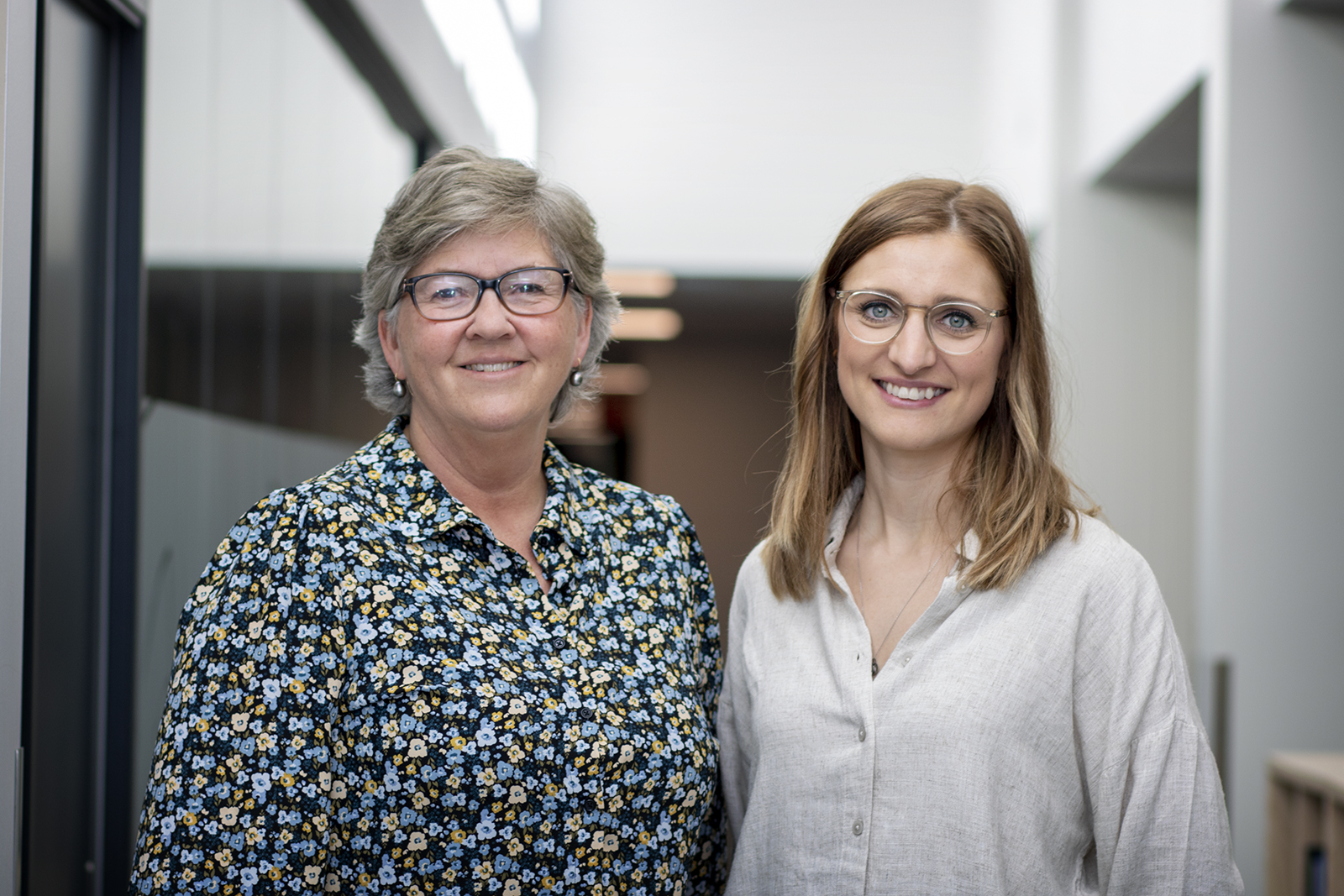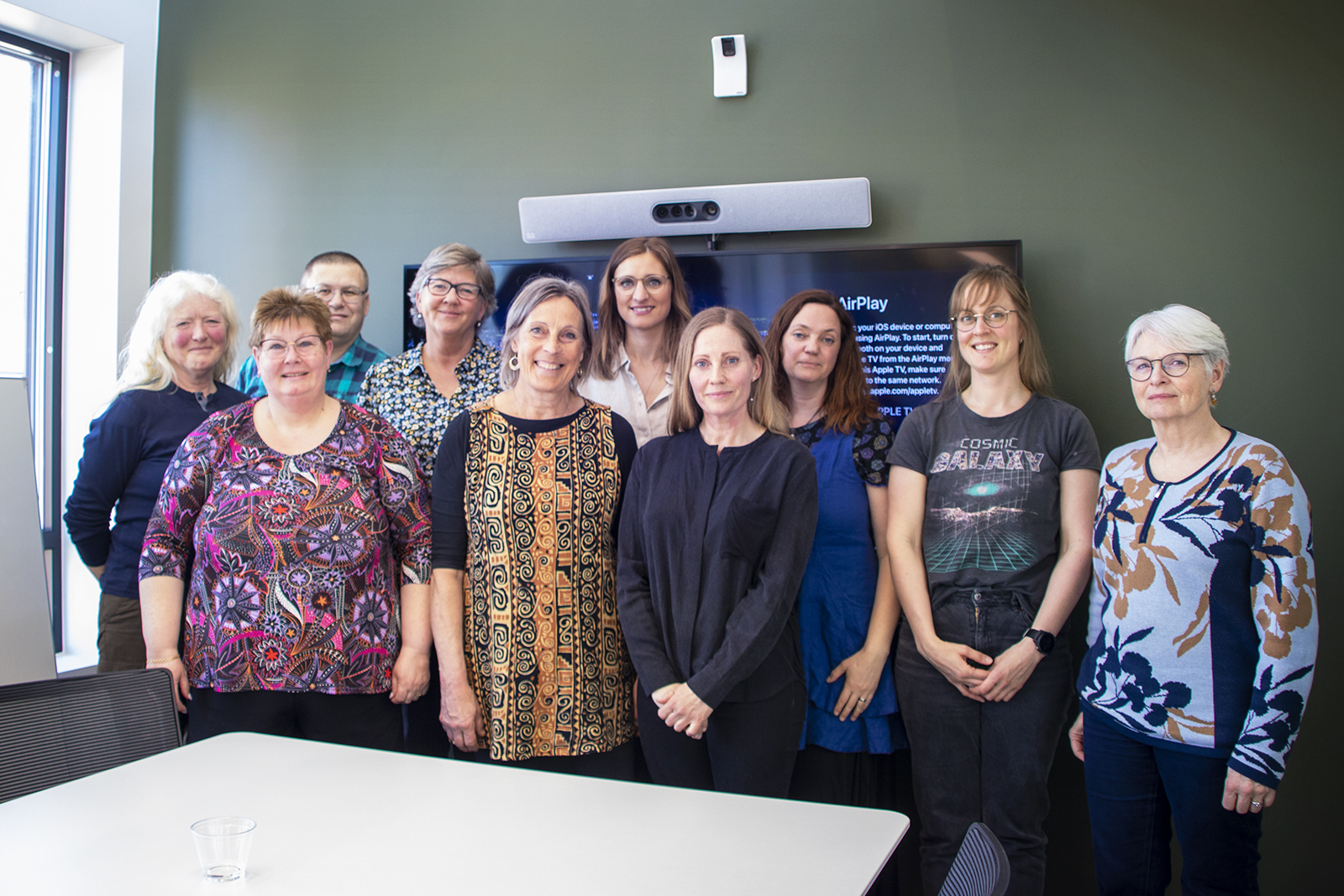"In Norway, parents are responsible for ensuring their child receives nutrition at school. While many bring nutritious packed lunches, others do not. Those who skip breakfast or don’t bring a lunch perform poorly, which can lead to feeling left out and dropping out of school," says Professor Frøydis Nordgård Vik from the University of Agder (UiA).
She has been studying school meals for several years. In 2022, she and two other researchers published a scientific article that showed a clear correlation between breakfast and academic performance.
Follow this link to read the article.
Skipping breakfast is common
The results indicated that one third of the drop in science and half of the drop in math were attributable to students skipping breakfast. Year nine students effectively miss half a year of school by skipping breakfast.
"If you don't bring any food to school, you won't have anything to eat throughout the day unless you can go to a nearby store," Nordgård Vik adds.
Sweden and Finland, our neighbouring countries, have invested in school meals since the 1940s. The accumulated effect of this investment is reflected in their educational outcomes. Year nine students in Norway today lag one year behind Swedish students in maths and science, and two years behind Finnish students.

Free lunch a matter of course
"In Sweden, we’ve provided warm lunches at school for several decades. The packed lunches in Norway seem a bit strange to us," says Julia Hansson.
She is a project leader at Sweden's research institute, RISE, and visited UiA as part of LEARNFOOD, a network for school meal researchers in Sweden, Denmark, and Norway, a network UiA is part of. Researchers share insights, keep each other up to date, and collaborate across borders. They have also written an anthology together.
Follow this link to see the anthology.
"We have compulsory education, like Norway, so of course children are provided with food. In Sweden, it is mandated by law that schools offer nutritious food to students. The canteen in Swedish schools is an excellent socialising space where everyone eats the same food," adds Hansson.
Look to Vinje
However, some areas in Norway have experimented with various school meal schemes, and in Vinje municipality, school meals have been provided over an extended period. All students receive four cold lunches and typically one warm lunch a week.
"Vinje municipality has been doing this for 14 years. Now, effects are becoming apparent, and there is broad political consensus that the scheme should continue. Results are coming, but it takes time and money," says Nordgård Vik.

Start with bread
In Sweden, all new schools have a canteen. However, retrofitting all Norwegian schools to offer hot school meals would be a costly undertaking. But the professor believes that there is no need to take such drastic measures.
"Bread and toppings are a perfectly fine option! It doesn't have to be complicated. The essential thing is that all students are ensured good nutrition at school and a social community around school meals," Nordgård Vik concludes.
Contact the researcher:
- froydis.n.vik@uia.no
- Phone
- +47 38 14 18 55
